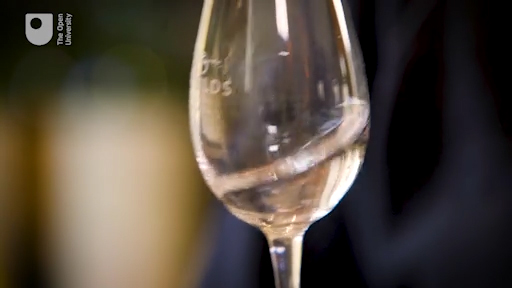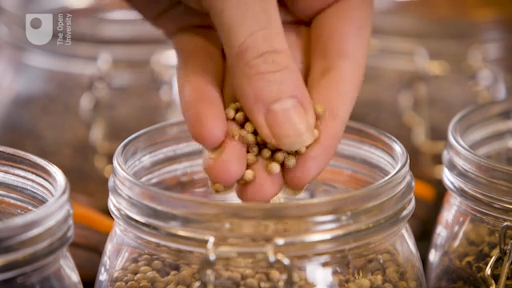5.3 Taste sensations in gin
As you have just learned, gin can contain a whole variety of compounds, all of which are capable of imparting a particular taste to the final product. Thinking about the combination of flavourings is where the taste sensation gets a bit more complicated. The taste of the final gin will not just be the sum of its component parts. Instead, it will be a reflection of how the different botanicals interact with each other. Attractions between similar flavour molecules influence how each of them interacts with the flavour receptors in your body. Furthermore, this can be complicated by competition between different flavours for the same taste receptor.
It is not just different flavours interacting and competing with each other which contribute to the overall taste imparted by the gin. Those same molecules interacting within the water and ethanol of the freshly distilled gin can also prevent them from interacting so strongly with your taste receptors and this will limit the taste experienced by the drinker. Adding mixers to your gin also changes the way it tastes for the same reasons. In tonic water, for example, quinine is attracted to a number of the flavour molecules in gin. The aggregates of flavour molecules create a taste sensation that is completely different from just gin or tonic on its own.
Sarah MacLellan from the Cotswold Distillery will now tell you about how the different flavours within their gin interact with each other, but also with mixers such as tonic water.

Transcript
This all explains why gin formulation is such an exact science. It is not possible to simply decide what flavours you would like in your gin and mix them together. Formulating a new gin can be a very lengthy process demanding exact combinations of specific botanicals in specific quantities to give the taste sensation desired – and this explains why gin distilleries guard their formulations so closely!
Sarah MacLellan from the Cotswold Distillery will now tell you about how the final taste of their gin is derived from their unique combination of botanicals.

